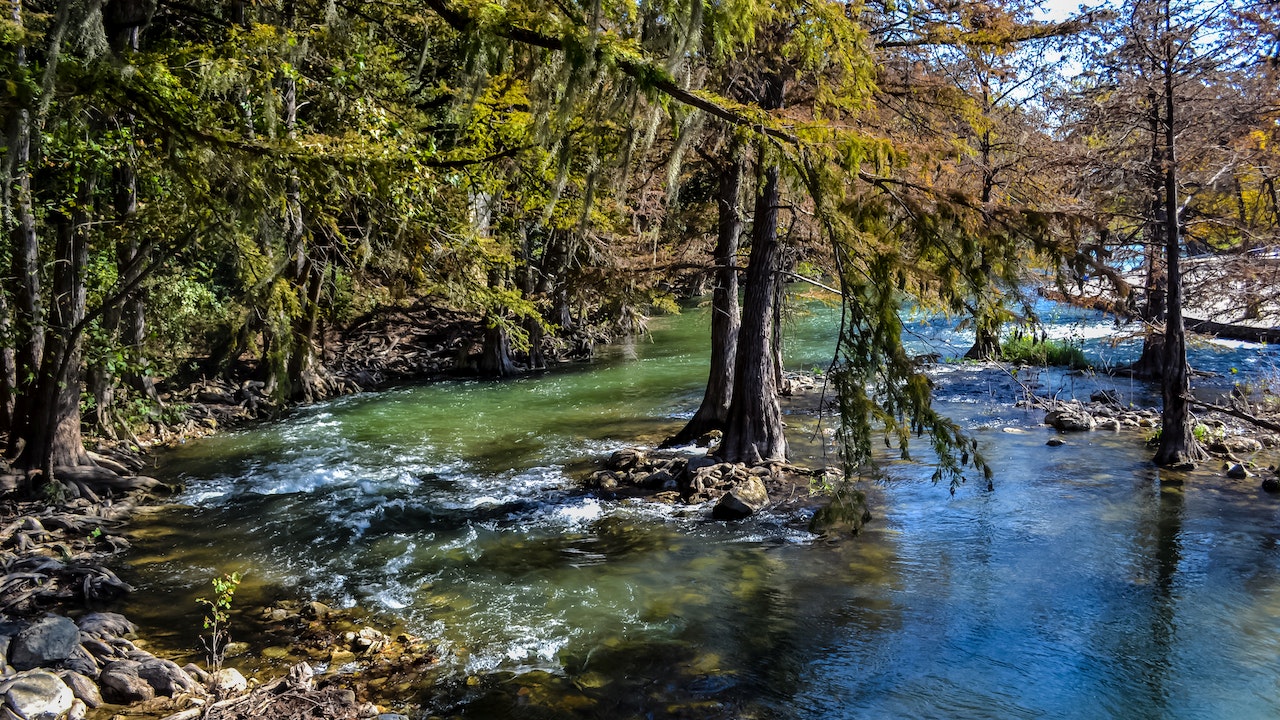
Cedar Fever 2022 | Aero DS is Here to Help!
The holiday season is in full gear and holiday cheer won’t be the only thing going around. If you’ve lived in the area long enough you probably know that the dreaded cedar fever season is ramping up. Cedar allergies can starting affecting Texans as early as November and last through March. December, January and February are the peak months for battling cedar fever. If you aren’t affected by the cedar pollen, count yourself lucky. The afflictions range from a minor runny nose to a sore throat accompanied by facial discomfort and headaches. When this time of year comes around, there are a few things you can do to help prep for cedar fever season:
What is Cedar Pollen?
Cedar Fever is a seasonal allergy brought on by an allergic reaction to the pollen of the Ashe Juniper (also known as mountain cedar) trees that abound throughout Austin and the surrounding areas. Cedar pollen is considered one of the most allergy-inducing pollens because of the massive amounts of pollen that the trees can produce and the larger size of the pollen itself. The trees produce an abundant amount of pollen from late December through February. Although mountain cedar is native to central Texas, they used to be kept in check by naturally occurring wildfires and grazing wildlife. Now the trees grow thick in clumps, especially throughout the hill country and the Greenbelt.
What Can You Do to Stop Cedar Fever?
Some people won’t feel the effects of cedar fever their first few years living locally. However, once you are affected you will probably try almost anything to stop the symptoms. Checking your local Allergy Report daily will help you decide how much time you want to spend outside for extended periods. Late December through February you might find yourself wanting to stay indoors more often, as the less exposure time to the allergens the better you will feel.
During peak season keep allergy medication on hand to help combat your symptoms. If you need a little extra help, try using a neti pot to clear sinuses and showering before bed to prevent the transfer of cedar pollen to your pillow. If nothing seems to be help in the quest to stop cedar fever, make an appointment with your doctor to see what they recommend.
Make Your Home an Oasis from Pollen
Make your home a refuge from the clouds of pollen outside. The first and most important step in battling the cedar fever allergens is changing your air filters. We may sound like a broken record when it comes to reminding you to change your air filters but they are your first line of defense against allowing allergens, dust, and mold to accumulate. Showering when you get home helps to get pollen and allergens off your skin and removing those allergens. If you find yourself suffering from allergies more often than not, it’s time to look into a home air purification system. This system works in tandem with your air conditioner/furnace to keep the air in your home clean and clear from allergens. It can be a major blessing for those who suffer from chronic allergies. If you’re interested in air purification solutions for your home, give us a call.
If you’re already feeling miserable from the pollen, there’s still time to prep for cedar fever season! Being proactive can keep you much more comfortable and prevent cedar fever from disrupting your life. If you have any questions about how to better allergy-proof your home, drop us a line! We pride ourselves on bringing total home comfort wherever we go. Keep your head up and don’t let that pollen keep you down.
- Blog
- Community Happenings
- Energy Savers
- Health Benefits
- How to know the problem
- HVAC Problems
- Installation
- Maintenance
- Most Popular
- Projects
- Repair Tips